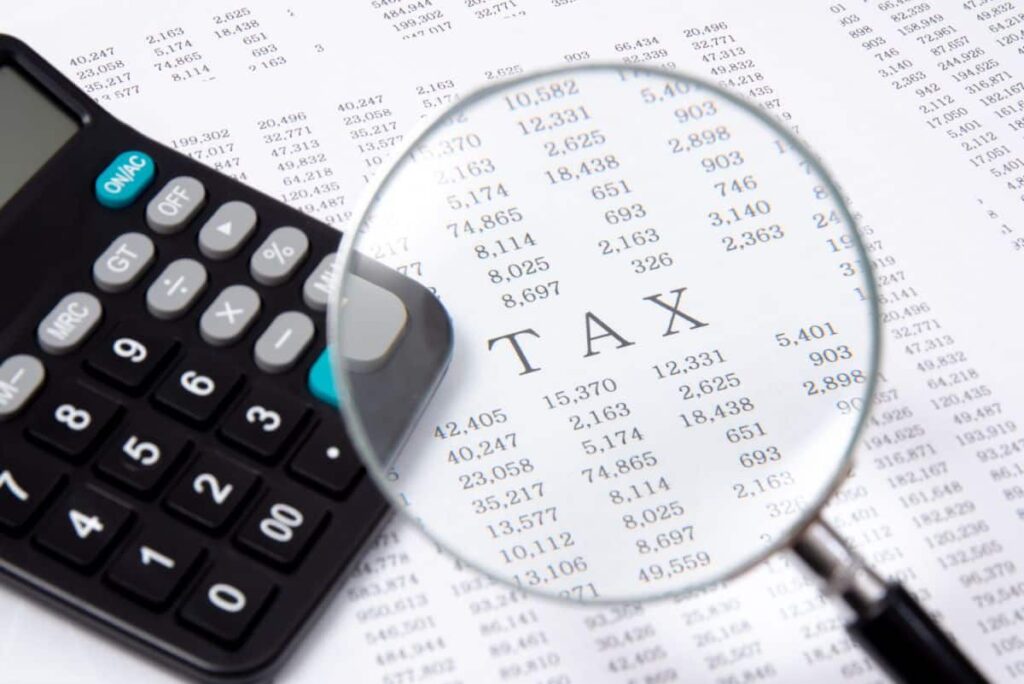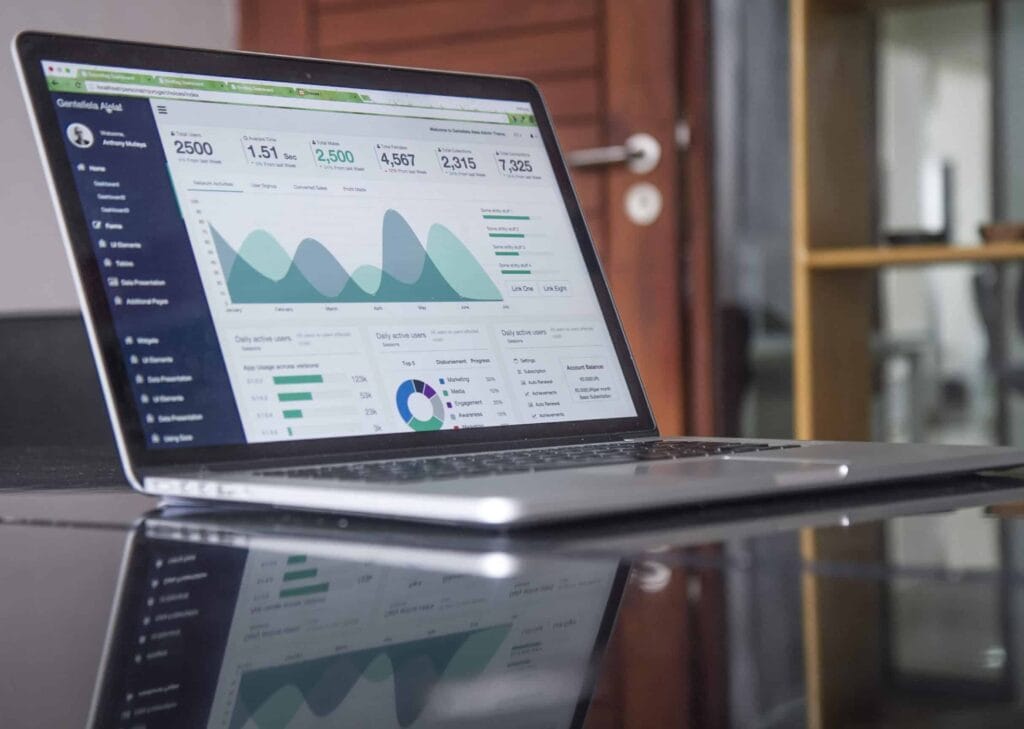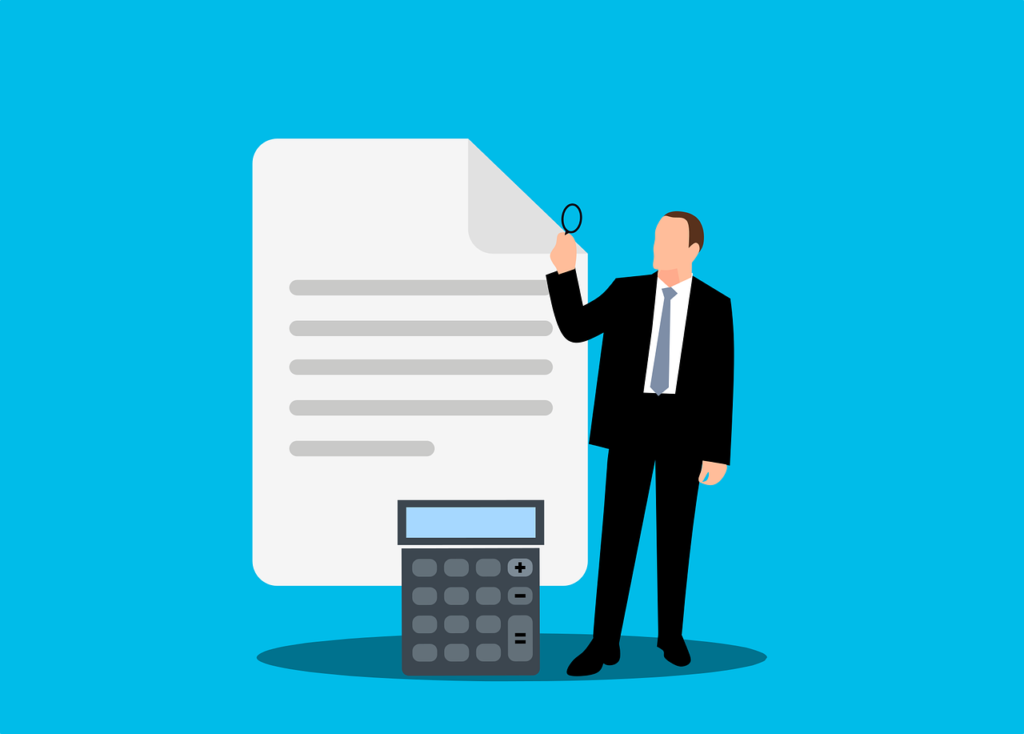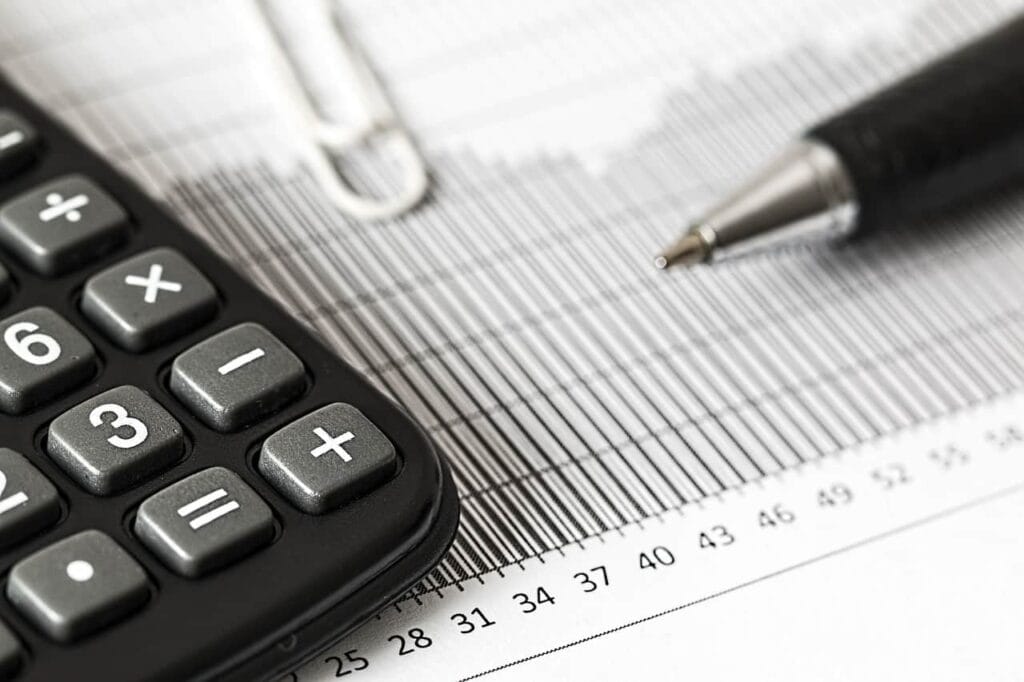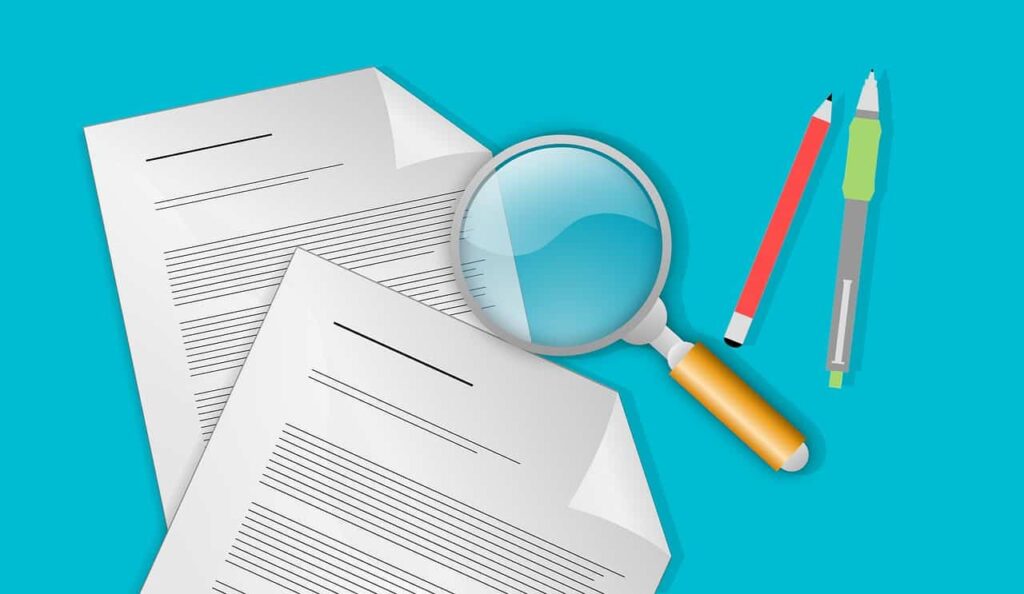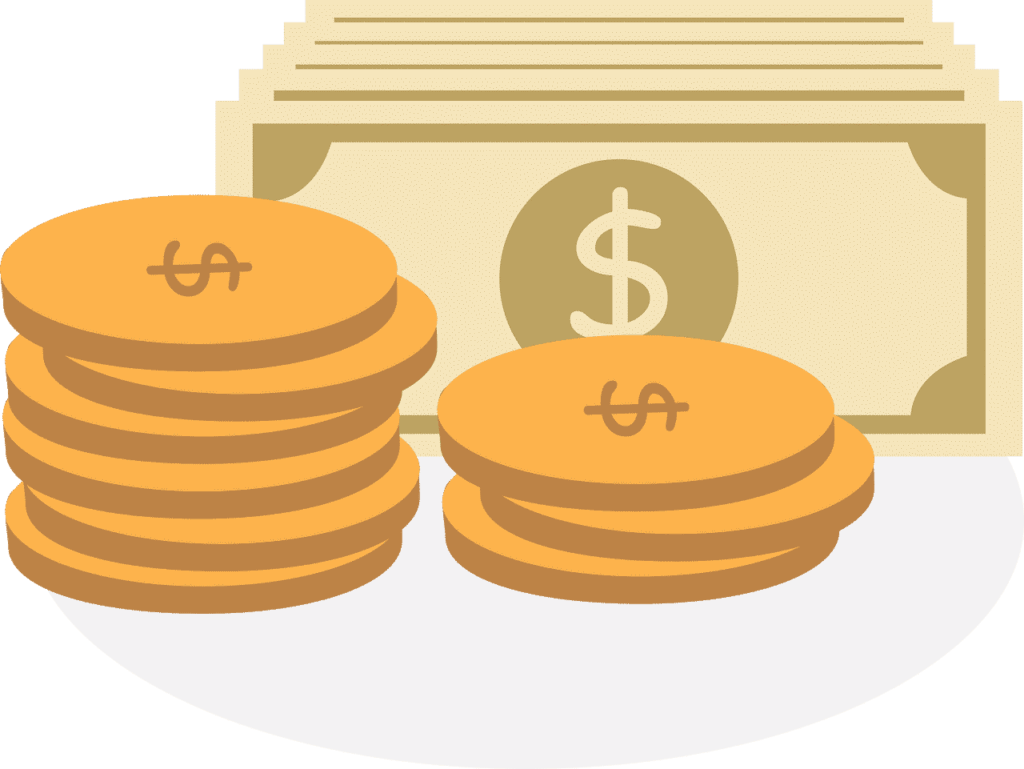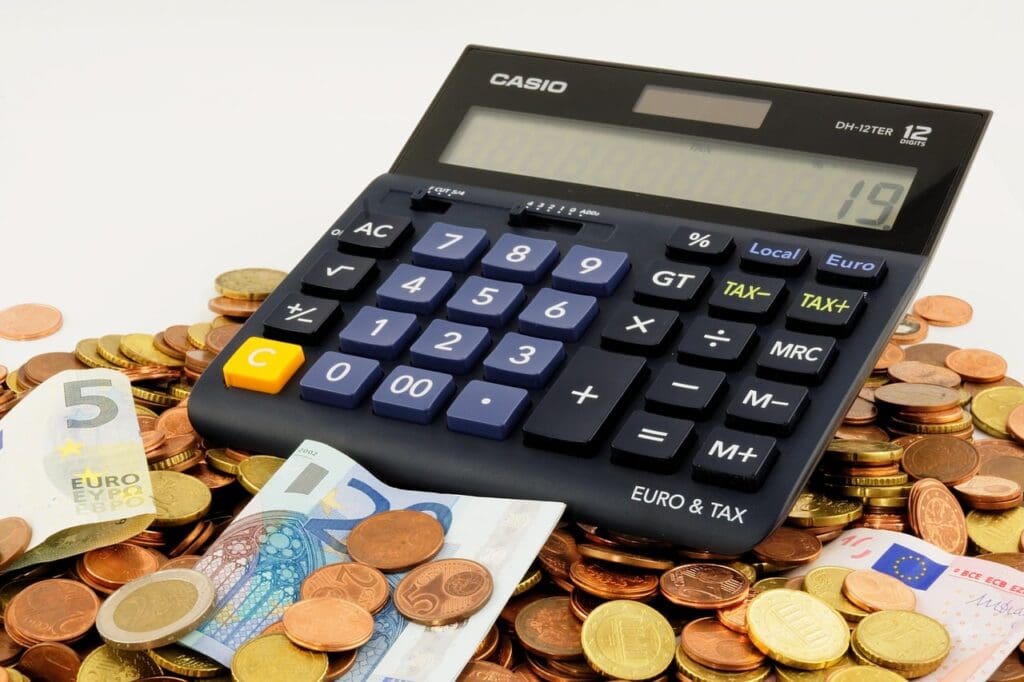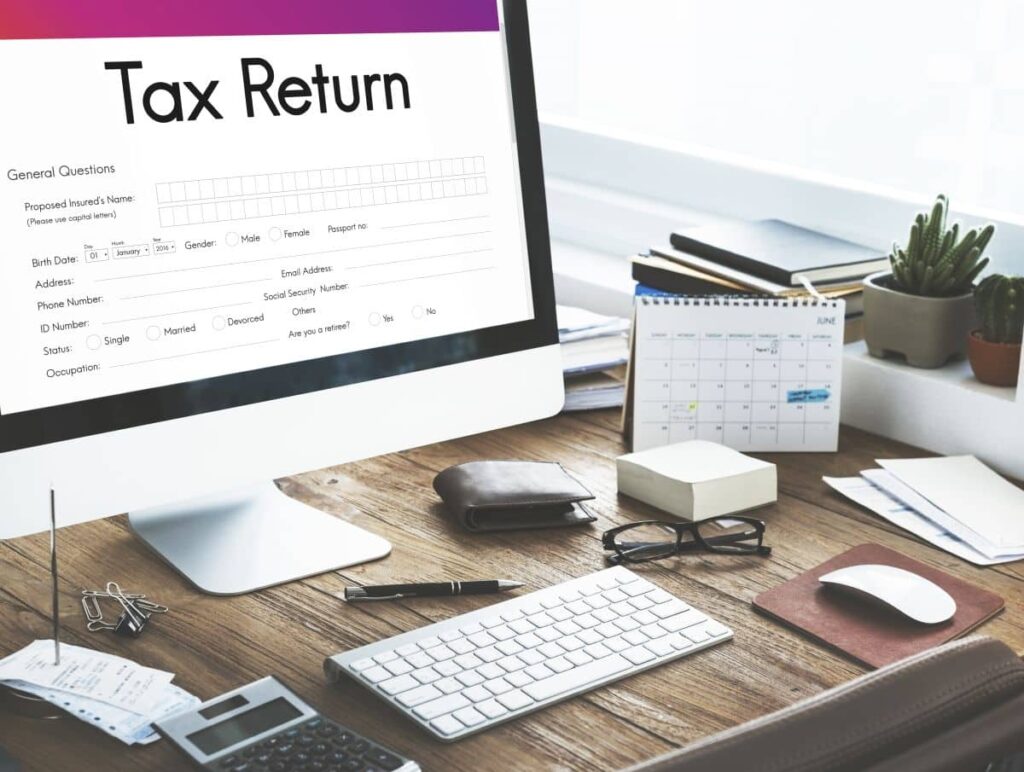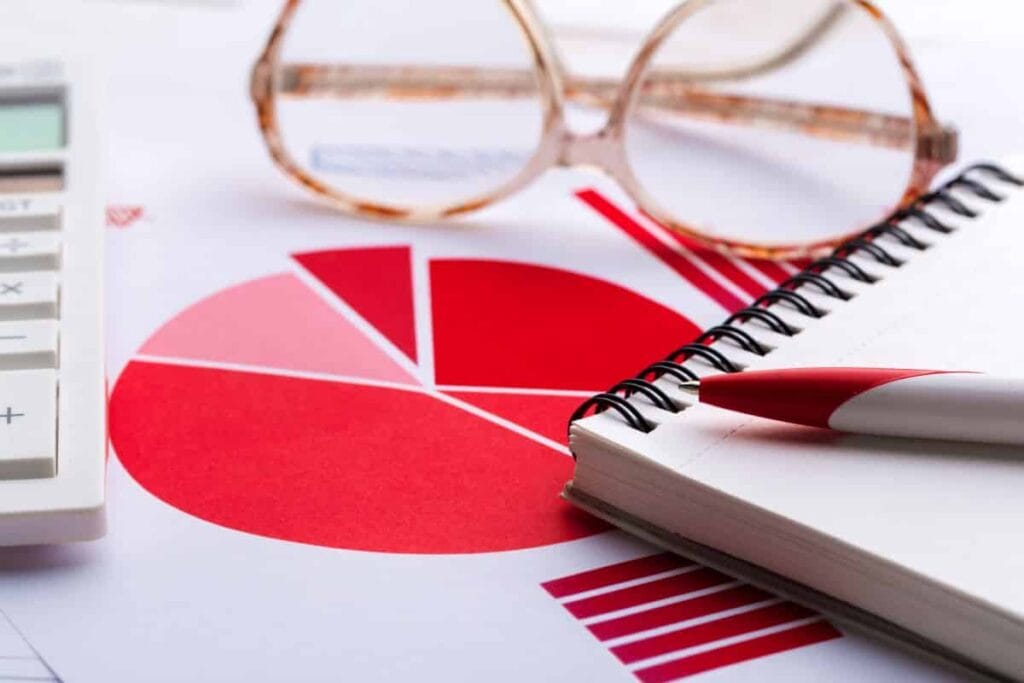Important Tax Tips for Australian Small Businesses in 2021
It’s tax season once again, and we’re here to assist you with submitting your small company taxes. This blog post will give you some useful information for your small business tax return.
Small businesses are one of the industries that have the most trouble filing taxes. These are disorganized and lack the special workers that major firms have to handle tax filing.
Furthermore, because businesses employ about 5.1 million people, their contribution to the Australian economy cannot be overlooked, and they are thus entitled to a variety of tax breaks. As a result, these companies must stay current on these and other tax policies before June 30.
Here are a few tax-saving techniques to help small businesses submit their tax returns efficiently this fiscal year. We’ll look through tax depreciation, how to lower taxable income and the best tax minimization tactics in Australia.
Except for the small business CGT concessions, where the turnover criterion is just $2 million, a small business is normally described as having an annual turnover of less than $10 million.
The law stipulates that turnover must be calculated from the ‘aggregated’ amounts, which means the annual turnover (gross income, excluding GST) of every ‘connected’ or ‘affiliated’ business. This is to prevent businesses from splitting activities in order to avoid the $10 million threshold and gain access to various tax concessions.
Provisional Full Expensing
The government has implemented a comprehensive package of reliefs for firms to invest tax effectively in new capital assets to help them get out of the COVID-related doldrums in 2021.
The tax benefit, known as “temporary full expensing” (or TFE for short), allows businesses to deduct the entire cost of qualified capital assets from their profit for the year rather of depreciating it over several years. The new rule will take effect on October 6, 2020.
Small firms, in particular, may find the new measures to be a big chance to grow their business this year (with some important caveats).
Businesses can now deduct the full cost of all capital acquisitions right away, including:
- Fixtures and fittings (for example, retail or café interiors)
- Laptops, computers, EFTPOS systems, and security equipment are examples of technology
- Tools, plant and equipment
- Office furniture
- Motor vehicles such as utes, delivery vans and most cars (excluding cars costing over $59,136)
- Motorbikes
- Solar systems
Businesses must have an annual turnover of less than $5 billion to be eligible. Any parent company’s (including overseas parents) and subsidiaries’ turnover must be included in “aggregated” turnover.
Additionally, enterprises with an aggregated turnover of more than $5 billion but less than $5 billion in Australian revenue can claim the tax cut if they spent more than $100 million in the 2016-17 through 2018-19 fiscal years. This means that large worldwide corporations (with annual revenues above $5 billion) may still gain.
Because of the high turnover barrier, practically every Australian company is covered by the scheme.
TFE applies to the cost of new depreciable assets as well as the cost of improving existing eligible assets (even if the existing assets were acquired before the scheme started).
For small and medium-sized firms (with an annual turnover of less than $50 million), full expensing applies to used assets. Second-hand assets are not allowed in enterprises with an annual turnover of $50 million or more.
The following are the key asset categories that are not eligible for full expensing:
- “Expensive’ cars (meaning cars costing over $59,136)
- Buildings and other assets that are eligible for capital works deductions
- Assets located overseas
- Some primary production assets (such as fencing and water facilities) that already have an existing instant write-off scheme in place
- Assets that are not used in a business
Up to $59,136 (excluding GST), so-called expensive cars can be written off, but anything over that cost cannot be depreciated at all. This guideline regarding automotive depreciation has been in existence for many years and has been carried over to TFE. The rule serves to discourage firms from lavishly lavishing on luxury cars at the cost of taxpayers!
The pricey car restriction does not apply to vehicles that aren’t classified as automobiles for tax reasons. This means that commercial vehicles like vans, buses, and trucks can be written off in full, regardless of cost. Importantly (for tradespeople, for example), some larger utility vehicles are classified as commercial vehicles rather than automobiles. The automobile restriction does not apply if the ute has a carrying capacity of more than one tonne (the dealer or manufacturer should confirm this). Some of the larger, more opulent utes cost more than $59,136, which opens up the possibility of buying the vehicle and deducting the entire amount.
TFE claims for capital assets utilized in a non-business capacity, such as assets purchased by investment property owners or assets used in your job, are prohibited by the last exclusion.
If you utilize the asset for private purposes, any deduction you can claim under TFE must be apportioned. For example, if you spend $2,500 on a new computer and use it 50% for the company and 50% for personal reasons, you can only claim a deduction of $1,250.
Trading Stock
The Tax Act establishes a set of simplified trading stock regulations that allow you to include the same stock value at year-end as at the beginning of the year if the value of your trading stock did not fluctuate by more than $5,000 during the tax year.
Pre-Paid Expenses
Certain pre-paid business expenses made before the end of the fiscal year can also be deducted immediately by a small business. Assume a payment paid an expense that was carried over to the new fiscal year (such as insurance premiums, rent or membership of a trade or professional body). In that scenario, you can deduct it in the previous fiscal year. However, double-check your payments made before June 30 to determine if anything qualifies.
Take advantage of immediate asset write-offs.
Small enterprises are entitled to rapid asset write-offs for capital assets up to $30,000, according to federal tax guidelines. A corporation might earn much-needed capital assets while still receiving deductions from yearly revenues in this way.
This is true for both new and used assets. However, there are some requirements to be aware of, such as the asset being ready to use and being used just for business purposes. It should also be purchased during the fiscal year for which deductions are sought. Aside from that, the small firm must be functioning and have a GST number.
It’s also important to know that on a $30,000 asset, you can get a 27.5 percent deduction, which won’t cover the total cost of the asset. As a result, stockpiling capital purchases to take advantage of deductions is not recommended.
Organize your financial information
Keeping your financial records up to date and organized throughout the year is one of the most important aspects of filing taxes swiftly and effectively. There are two productive approaches to accomplish this. These are described further down.
a. Accounting in the Cloud
Financial expenses, incomes, gains, and losses are easy to track and compute with a cloud accounting system.
A small business should use one to keep all of its financial transactions in one place.
Cloud accounting helps you to simply search for transactions, eliminating receipts and other documents from being misplaced.
In the meantime, it helps with staffing, inventory, and billing. Your company advisers and accountants may readily access and work on your financial data, assisting you in meeting all of your financial commitments.
b. Sharing Digital Files
Digital file sharing is another technique to streamline financial reporting and keep it organized.
This can be accomplished using Dropbox files that contain reports and accounts organized in separate files.
Alternatively, you can maintain recording transactions in Google Excel files that you share with your accountant. Important remarks against entries are also made easier.
The Australian Taxation Office app, which allows you to simply record your business travel-related logbook activities as well as receipts, is another way to stay on top of your tax returns.
Be Notified About CGT (Capital Gain Tax) Modifications
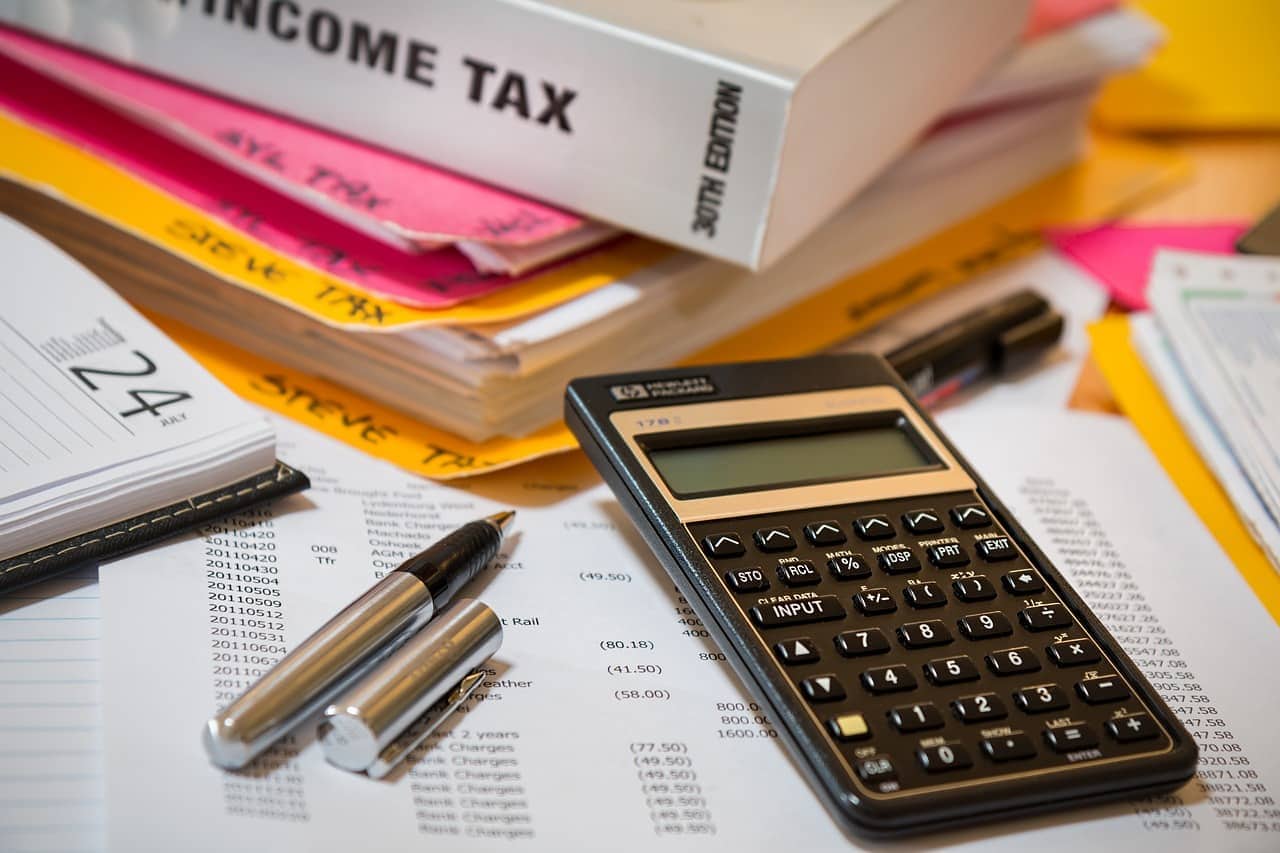
When a small business sells active capital assets such as commercial buildings or a trade, the government offers a tax deduction of up to 50%. A small business must, however, satisfy a $6 million net asset threshold to be eligible for such deductions.
If a replacement asset is obtained within two years of selling the CGT item, the exemption is delayed. The gain is postponed until the replacement asset is sold in this situation.
Furthermore, the deduction rate varies according to several conditions established by the authorities. As a result, term adjustments must be examined and implemented appropriately.
An offset of Income Tax
A small business with a revenue of less than $5 million is eligible for a tax credit of roughly $1000. This offset rate is currency 8%, but it might rise to 16 percent in the future.
Small firms can be more innovative and productive with this exemption. It also protects microbusinesses from paying exorbitant taxes.
Reduced Corporate Tax Rates
Small firms that are incorporated can benefit from lower corporate tax rates. Businesses with a turnover of less than $10 million will receive a 2.5 percent tax rate reduction, while those with a turnover of more than $25 million will receive a longer tax rate reduction.
Businesses that meet these criteria can pay a 27.5 percent tax rate instead of 30 percent if they delay bills until the end of the year. Because such gains and income will be calculated in the next tax year, this is the case.
Additionally, the rate of free dividends will be affected, allowing the owner to reward himself with dividends.
Carry Out Loan Balancing
A director’s loan is when a director borrows money not covered by his salary. If this is not paid before the end of the fiscal year, interest will accrue but no tax deductions will be available. As a result, balancing loans is a good way to get exemptions.
Avoid using company funds for personal purposes
Under the considered dividends regulations, if a shareholder borrows money from the private firm whose stock it owns, the dividends will be unfranked taxable dividends.
As a result, if these aren’t repaid before the end of the tax year, they’ll be considered income and deducted as franked dividends.
Apart from that, considered dividend laws apply if a business asset is used for personal purposes for less than its market value. As a result, one will be able to pay a forecasted amount rather than the real value for the usage of assets.
Assets can also be handed to shareholders instead of capital dividends, and they can be used to repay shareholder loans. Again, this will aid in the resolution of tax issues. Regardless, the asset’s market worth will determine whether or not the transaction is cost-effective.
A small business can ace tax filing in Australia for the year 2021 by remembering all of these crucial tax guidelines.
Don’t Blur The Lines Between The Company’s Money And Your Own
The so-called “deemed dividend” restrictions catch many small enterprises off guard. Loans and advances to private firm shareholders or their associates are treated as taxable unfranked dividends by the shareholders under tax law. These regulations aim to prevent private enterprises’ profits from being given to shareholders as tax-free “loans.”
So, if you find yourself borrowing money from a firm in which you own stock, make sure you repay the money before the company’s tax return for the year is due. Declare a dividend and regard the amount as income if that isn’t practicable; the payout will be franked if appropriate.
Alternatively, you can form a compliant loan arrangement that includes commercial interest and capital payments as well as a set loan term.
Consider the tax implications of using firm assets for personal gain for less than market value, as the considered dividend rules may apply. The considered dividend is equal to the arm’s length price paid for the use of the assets, less any sum received for the usage.
It’s also worth contemplating a “in-specie” payout, which involves transferring the asset to the shareholder rather than paying a cash dividend. The asset’s market worth will determine whether this is cost-effective. If a shareholder has previously lent money to the corporation, the asset could be transferred to the shareholder as repayment of that loan, subject to appraisal.
The Golden Rule: Keep track of the details
Tax law requires that records be kept for five years, and they should include:
- Sales receipts
- Expense invoices
- Credit card statements
- Bank statements
- Employee records (wages, super, tax declarations, contracts)
- Vehicle records
- Lists of debtors and creditors
- Asset purchases
The records can be kept on paper or on a computer, but they should be easy to find. Unfortunately, in our experience, businesses often have trouble when the ATO asks them to verify transactions by providing supporting records. This means that even “innocent” businesses can have trouble getting the proof they need.
What about your tax benefits?
We all know that you have to spend money to make money, and if you spend money to make “assessable” income, your business can usually get a tax break.
Many businesses make mistakes by exaggerating their deductions or claiming for things they shouldn’t, but a surprising number also miss out on deductions they could have claimed.
In reality, almost every business can take advantage of real deductions that shouldn’t be forgotten.
To avoid getting in trouble with the ATO, the basic rule is that you need to show that you paid for the expense out of your own pocket and that it was needed to run your business.
Here are some possible tax deductions:
Advertising And Sponsorship
Costs to promote your brand and get publicity for your business are deductible and can be claimed, as can advertising or sponsorship to sell “trading stock” and hire staff.
Make sure the costs don’t fall under the category of “entertainment,” which is usually not tax-deductible.
Bad Debts
Unpaid debt that is considered a “bad debt” can be deducted as long as it was included as assessable income in the current or a previous income year and is written off as bad (uncollectable) in the same year that a deduction is claimed.
Borrowed Money
The costs of borrowing money can be claimed as a deduction, but the money must be used to make an income that can be taxed.
These costs can include legal fees, fees to register, fees to value, fees to guarantee an overdraft, and commissions. But, depending on how much you spent, you may have to spread the deductions out over more than one year to cover the loan period. These deductions are not the same as the interest paid on borrowed money, which is also tax-deductible if it is used to make money.
Travel for business

Most of the time, you can claim business travel. Keep all of your receipts, your itinerary or travel journal, and of course your plane tickets. Note the type of trip, its purpose, where, when, and how long it will last (and look out for any personal activities that are mixed in, as these expenses are non-deductible).
Deductions for Car Costs
You can claim a full deduction for any costs your business has to pay to run a car, whether it is leased or owned, as long as the car is only used for business.
If your business is a sole proprietorship or a partnership, you can deduct a certain percentage of your vehicle costs, but you have to be able to prove it.
Fringe Benefits
In general, you can take a tax deduction for any costs you pay to give an employee a fringe benefit.
Work at Home Claims
Imagine that you do some or all of your work from home. In this case, you can usually claim deductions for things like interest, phone, insurance, and a portion of running costs like heating, lighting, or cleaning.
Insurance
Insurance premiums for workers’ compensation, fire, cars used for business, public liability, theft, and loss of profits are all tax-deductible.
Plant And Equipment (Depreciating Assets)
Depreciating assets can be things like cars or even buildings that lose value over time. You may also be able to claim (either right away or over a period of five years) certain capital costs when starting a business or closing it down, as long as you can’t get a deduction for that expense right away.
Repairs, Replacement, Maintenance
Maintenance costs for machines, tools, or buildings used to make taxable income can be deducted, as long as they are not “capital” costs.
Some of these deductions are for painting, plumbing, and electrical maintenance, window and fence maintenance, cleaning the gutters, and maintaining machinery.
It usually means fixing problems, not replacing something, and it doesn’t include making improvements or doing work right after buying an asset.
Superannuation Contributions
If you are self-employed, you can get a tax break for putting money into your retirement fund. But you need to be careful if you also have income from a job for which your employer has made super contributions. Contributions to a retirement fund for an employee should also be tax-deductible. This is because the superannuation guarantee laws say that employers have to pay into their workers’ pensions.
Salary And Wages
If you run your business as a trust or a company, you can claim a tax deduction for the wages you pay your employees or yourself, as long as the wages are related to the business.
Partnerships can’t take a deduction for money paid to a partner as salary, but they can take a deduction for money paid to other employees as salary. Sole traders can’t make a claim for their own salary, and you can’t make a claim for the money you took out of the business for your use.
Tax Management Expenses
Taking care of your business’s tax matters can cost money, but you can deduct these costs. This includes paying a bookkeeper, having a tax agent prepare and file tax returns and activity statements, going to a tax audit, or paying to appeal or object to an assessment.
Telephones
You can claim calls and rental for a phone you only use for business, but not installation. If you use the phone for both business and personal calls, you can claim all of the business calls and a portion of the rental. This can be figured out by looking at your itemized phone bill, but you can also use a typical four-week period to get an average rate for the whole year.
Theft
It’s possible that you can deduct any losses you incurred as a result of an employee’s theft or stealing.


